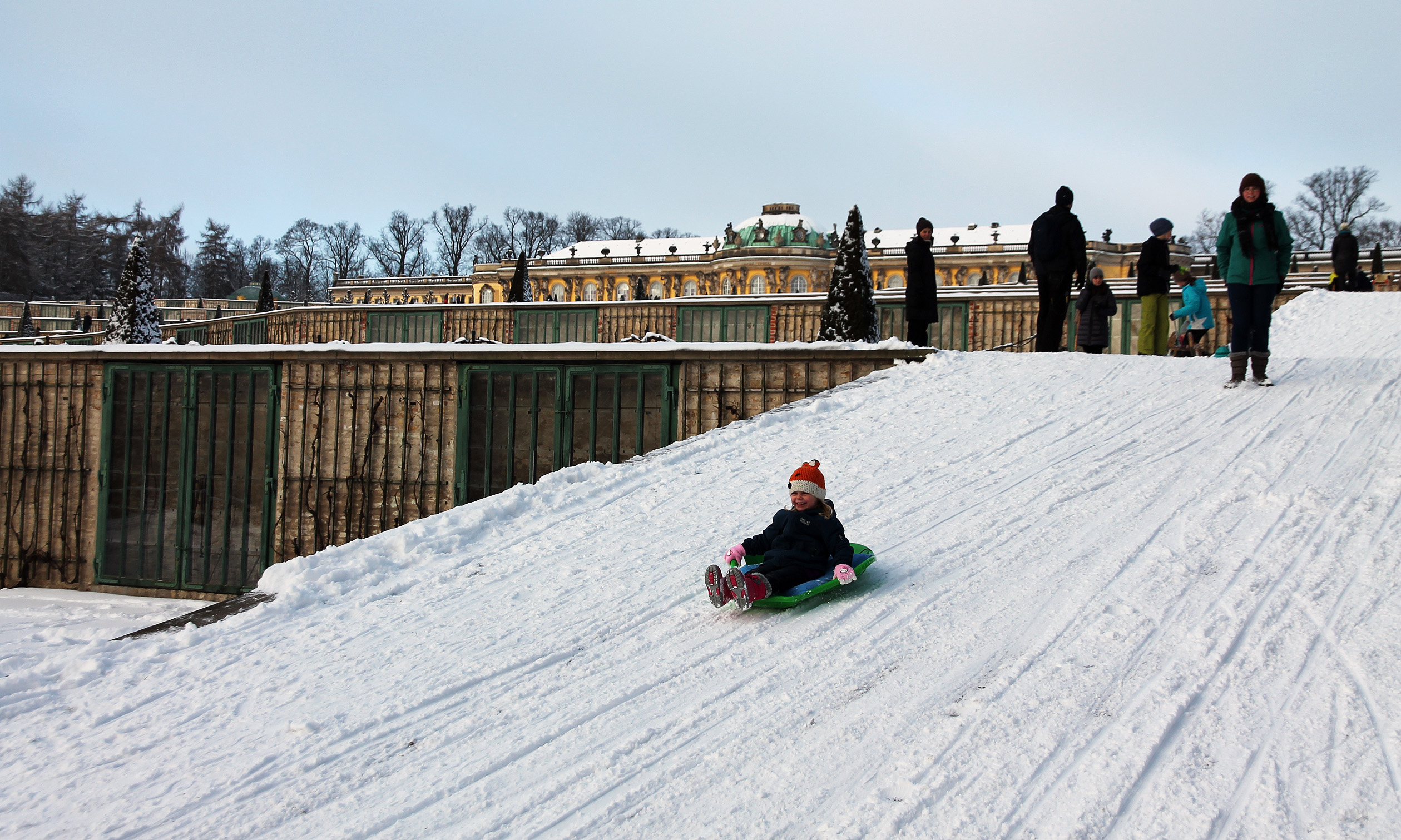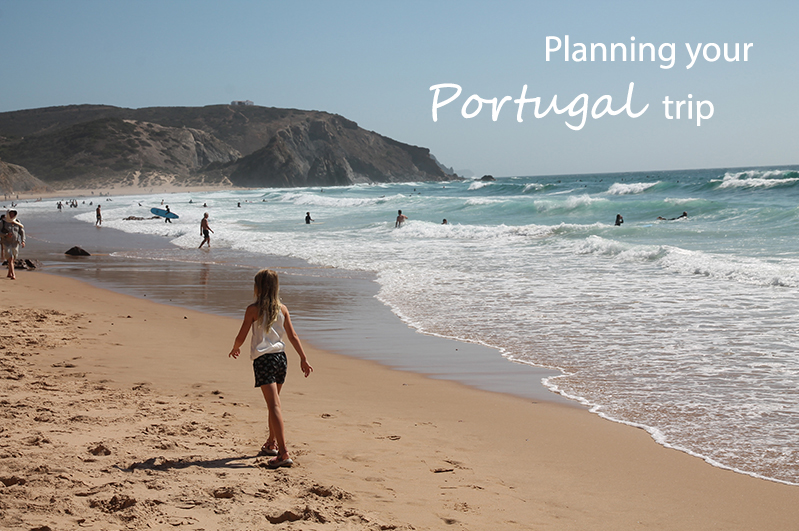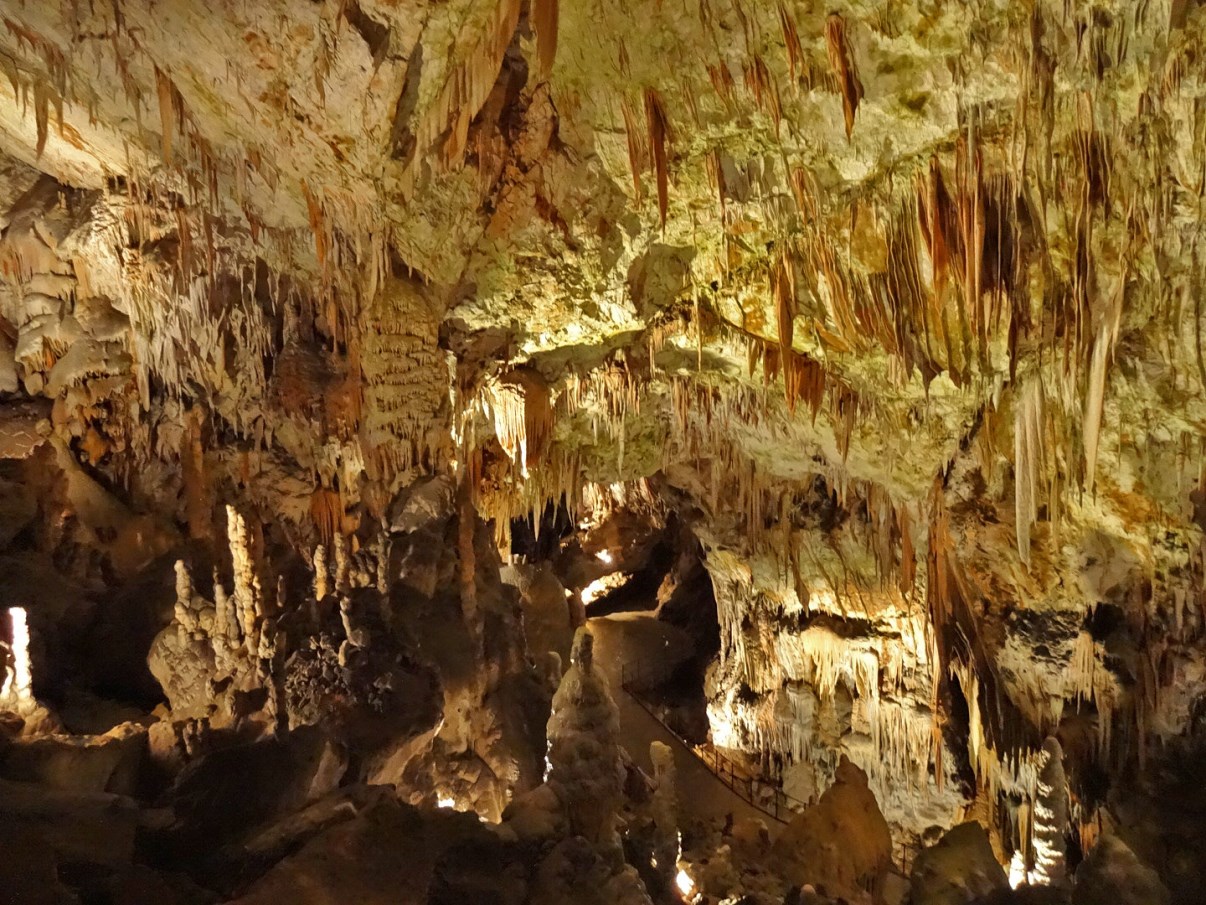The Hanseatic city of Lübeck, situated in the north of Germany, was founded in the 12th century, but remained an important trading centre throughout the following centuries. In the 14th century, Lübeck became the “Queen of the Hanseatic League”, the most important city of this commercial and defensive confederation of merchant guilds in central/northern Europe. Lübeck was also involved in a number of conflicts that lead to the decline of its power in the 15th and 16th century. Even though the city was heavily bombed during the Second World War, its historical centre is still well-preserved (some buildings did need restoration though) and it is simply stunning. All the wealth that resulted from the city’s prime position in the Hanseatic League is still visible at present in the grandeur of e.g. the cathedral (Lübecker Dom) and the town hall (Rathaus). The Hanseatic City of Lübeck became a UNESCO world heritage site in 1987.
Lübeck is the kind of city that can be explored in a day, but might also keep you occupied for a weekend or more if you want to dig a bit deeper. And if you are not so keen on historical buildings, no worries! The city is also famous for its Marzipan industry, so while your travel companions are strolling through the historical city you can just fill your belly with sweet delight…
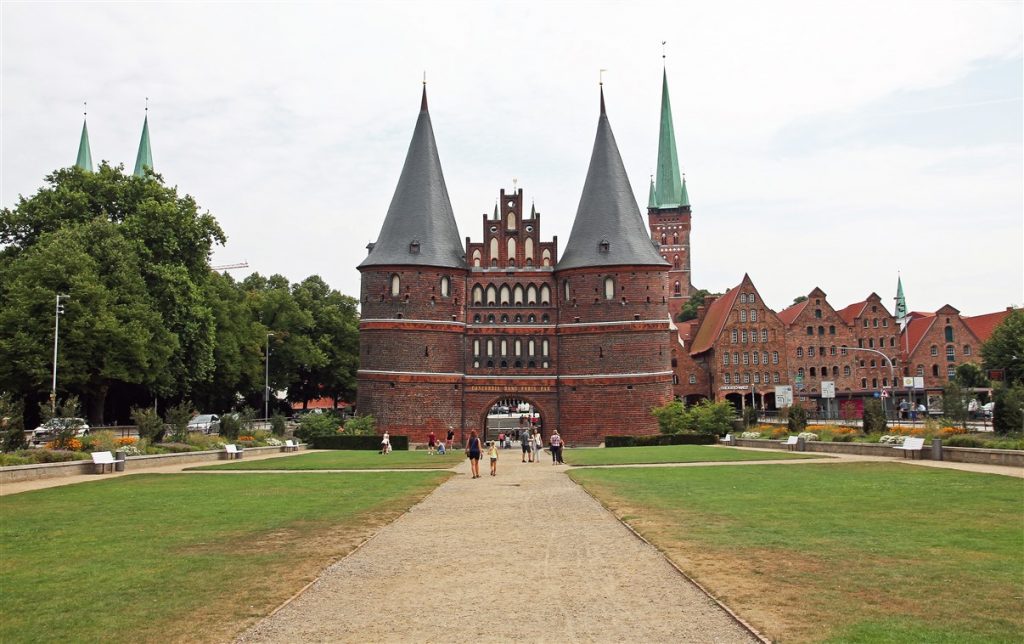
In our case, I must add we all love to explore a new city now and then. We really enjoy strolling through picturesque narrow streets, gazing up at impressive medieval architecture or examine the tiny details of some delicate sculpture. Febe has been our travel companion since she was born and had her first citytripping adventure in France when she was one year old (Montauban, Carcassonne, Aigues Mortes, Arles, Avignon…). We have visited cities with her on a regular basis and therefore she is used to it by now. Wandering around seems to relax her and she is always excited for discovery. To keep her motivated in Lübeck, we gave her some time on a local playground, allowed her to play in a fountain (it was a very hot day in August when we were in Lübeck) and let her enjoy some Apfelstrudel with ice cream. Throughout the city, there are also 10 small games/installations that can be found along a science trail that crosses the city centre. We attempted a few and although they were pretty straightforward, each installation did keep us occupied for a few minutes. A nice distraction…
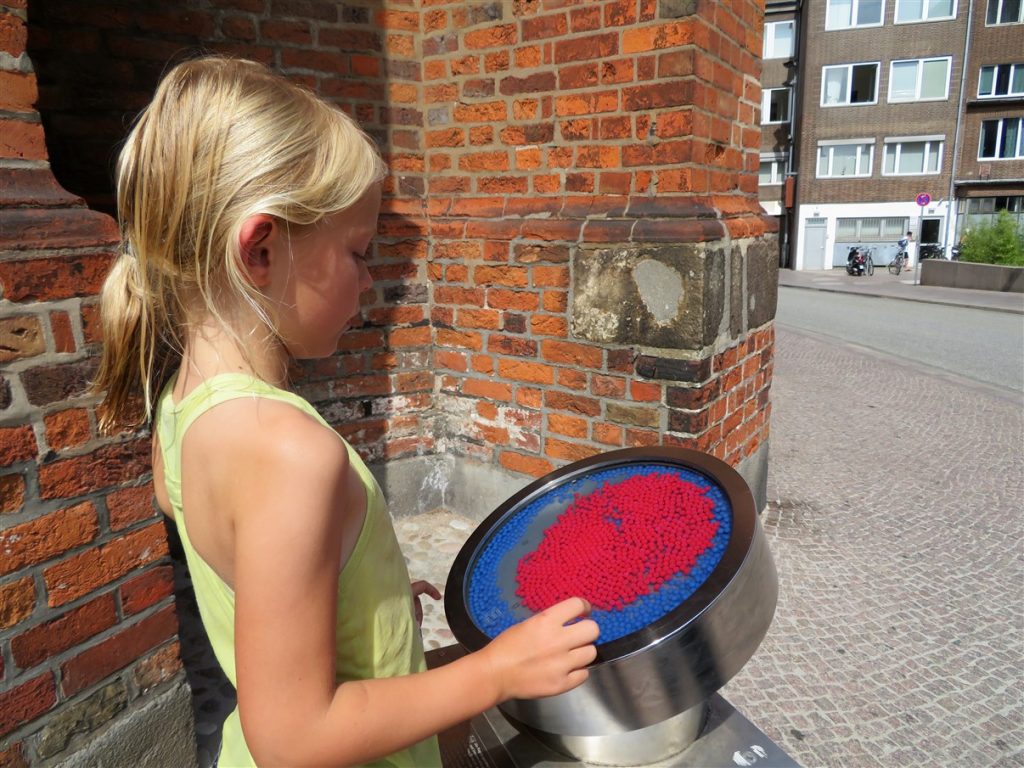
We parked our car at the Parkhaus Linden-Arcaden, close to Lübeck Hbf (main train station). From there, it was only a few minutes walking to the Holstentor (cross the “stadtgraben” or city moat by means of the “Puppenbrücke” or puppet bridge), Lübeck’s best-known building and the first waypoint on our route through the city. The first peculiar thing we noticed in Lübeck were the traffic lights for pedestrians, featuring the Ampelmännchen which are typical for Berlin and former Eastern Germany (DDR). Despite the heat, we were all set to be blown away by Lübeck, although we did restrict ourselves to the very highlights. To make things easy for you and us, we’ve included a map of our route and will briefly discuss each stop below.
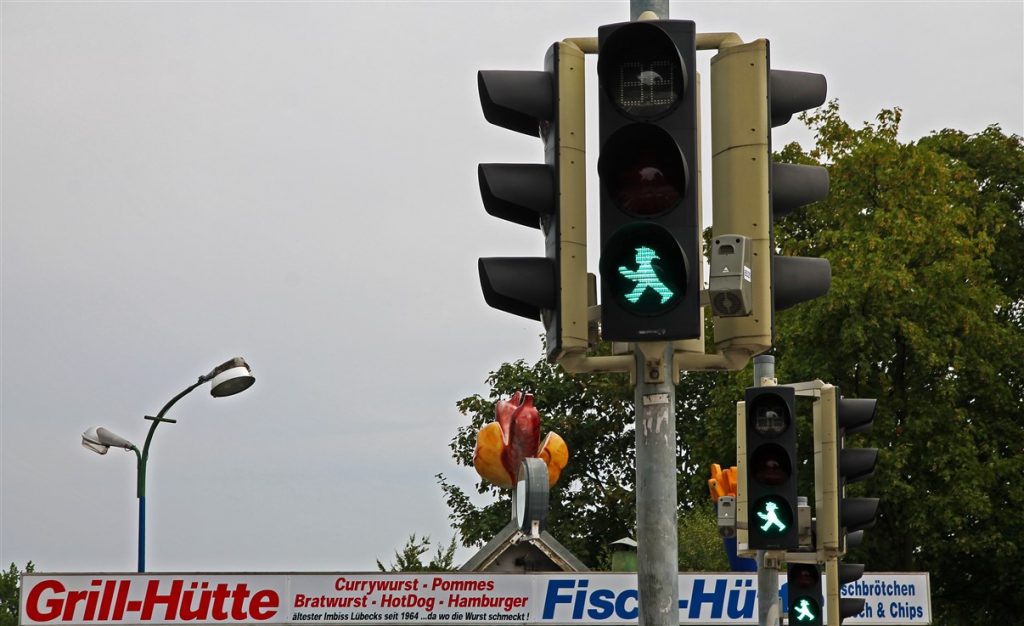
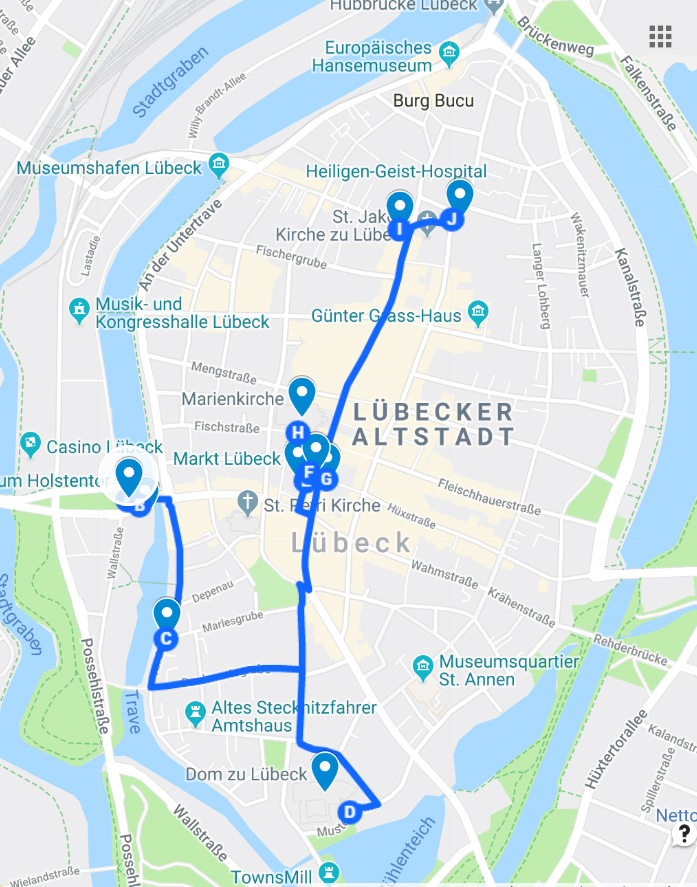
A. Holstentor.
The 15th century Holsten Gate is part of Lübecks medieval fortification and one of two remaining gates in the city wall (the other is the Burgtor). The two rounded brick towers with an arched gate in between are distinct eye-catchers and are therefore regarded as the main symbol of the city. Coming from Puppenbrücke, the view is magnificent: the two towers and their gate, preceded by a lawn and flanked with flowerbeds, and behind them the spires of the Marienkirche and St.-Petrikirche churches, as well as the historic storehouses of the Salzspeicher. Two roads meet behind the Holstentor, a peculiar blend of old and new…
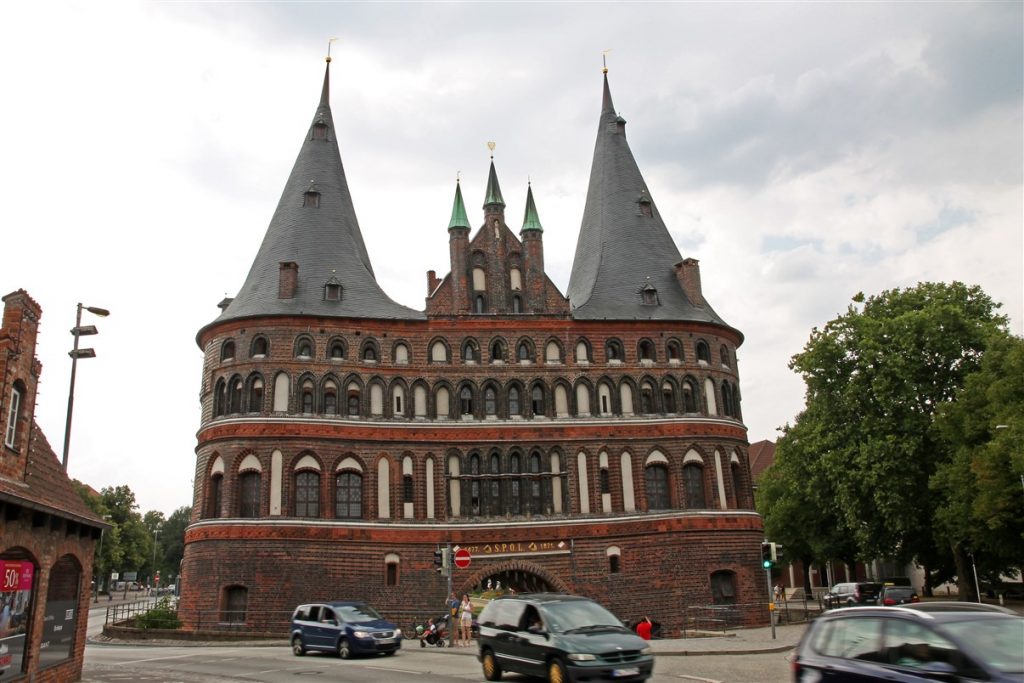
B. Salzspeicher.
The Salzspeicher are 6 historic salt storehouses made from orange bricks. The numerous tiny windows give them a characteristic appearance and their location on the banks of the river Trave has turned them into a real eyecatcher. Cross the Holstenbrücke and turn right.
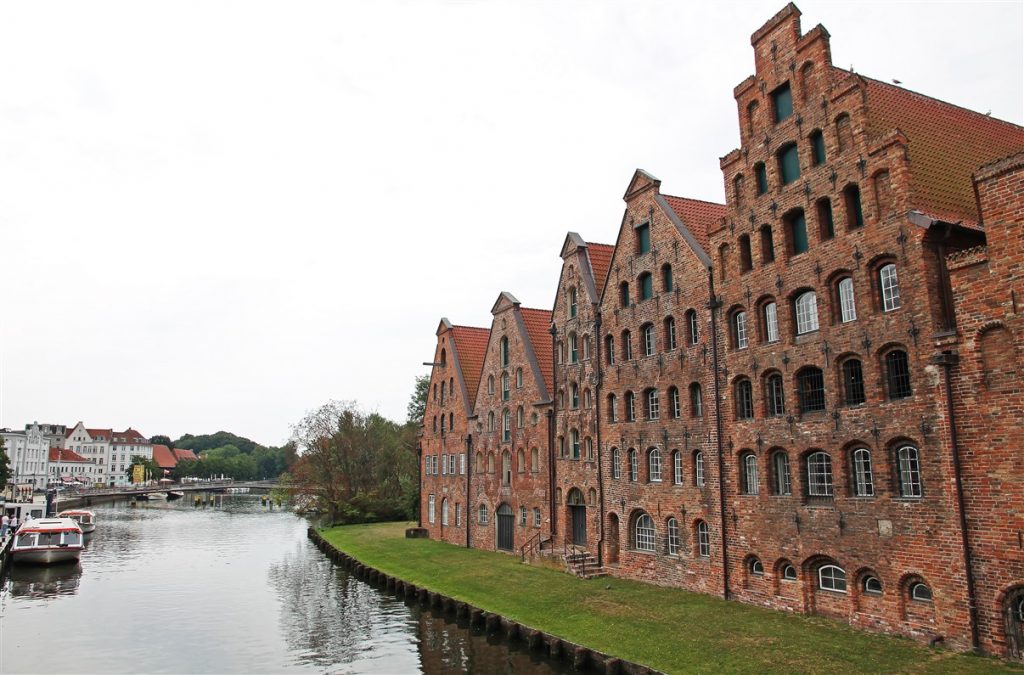
C. An Der Obertrave.
This picturesque street lies between the banks of the river Trave and a row of historic houses, including quite a few restaurants. The perfect spot for a relaxing stroll beneath the trees, a picnic beside the river or a refreshing German beer on one of the terraces. Walk beyond the Dankwartsbrücke and turn left into Hartengrube. Follow this street up to the cathedral.
D. Lübecker Dom.
The Lübeck Cathedral, situated in the southern part of the historic centre, is a 12th-13th-century, brick-built, Romanesque/gothic, Lutheran cathedral. It was partly destroyed during WWII, but reconstructed. Its two spires rise high above the city.
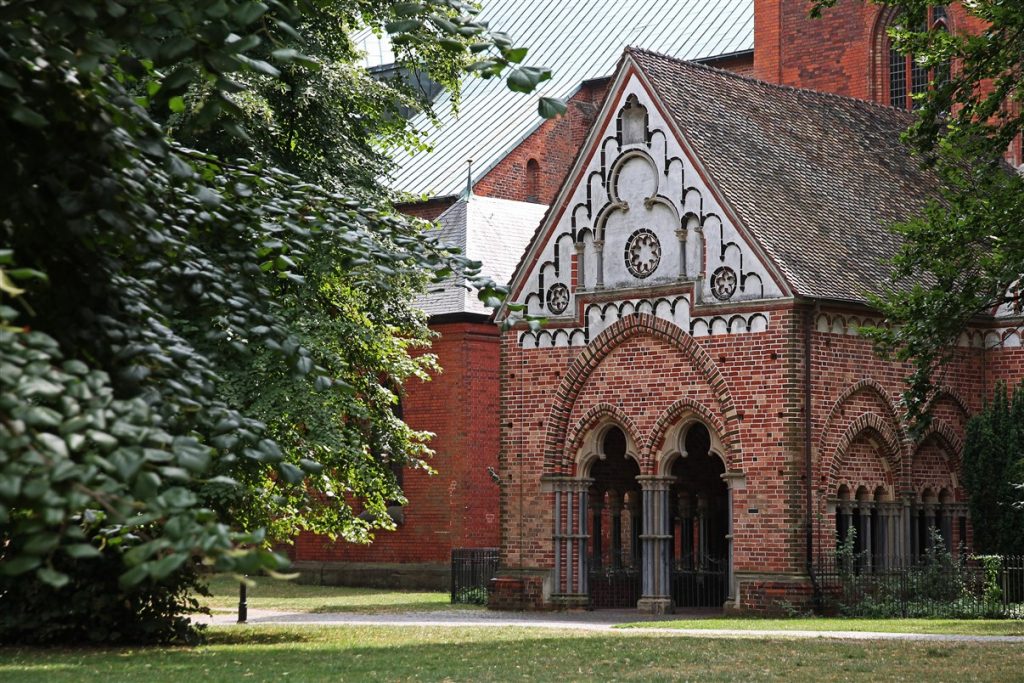
Follow Parade and Pferdemarkt to the north, until you reach a small square with an elaborate fountain. If it is as hot as when we visited, feel free to run through the cold jets of water to get cooled down a bit. We (mostly Febe) had a fantastic Apfelstrudel with icecream at Café Czudaj Lübeck. Proceed to the north, pass by St.-Petri Church and go on until you reach the marketplace.
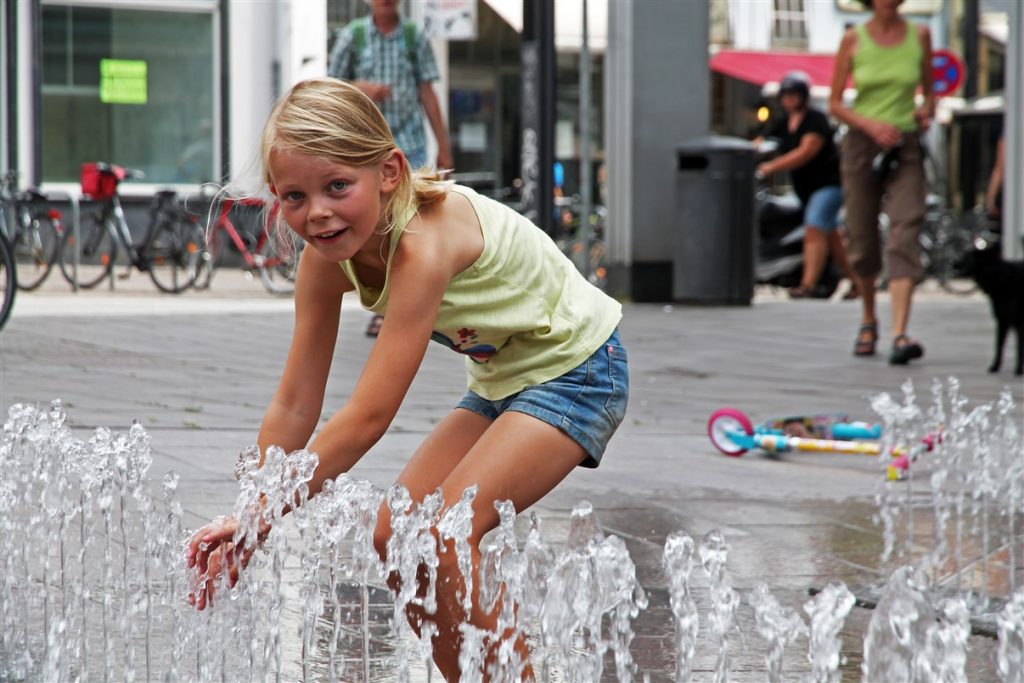
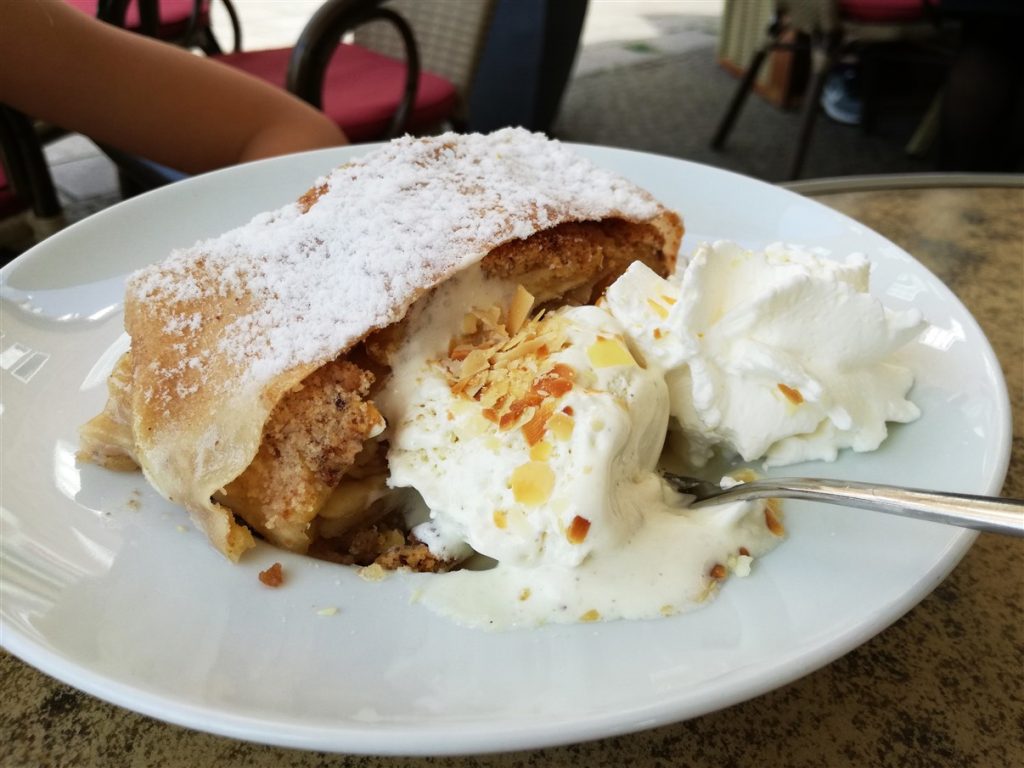
E. Lübeck Markt and F. Lübecker Rathaus.
The marketplace is without any doubt the most spectacular sight of the city. Coming from the St.-Petri Church, the experience is truly amazing. Upon entering the market square, you’ll see a compact, black-greyish building on your right and a delicate white facade in front of a higher red brick construction in the front corner. This is the 13th-century Lübecker Rathaus or the town hall of the city, considered one of Germany’s most beautiful town halls. The white Renaissance frontage of sandstone was added afterwards. Behind the northern wing you’ll see the green spires of Marienkirche (St.-Mary’s Church).
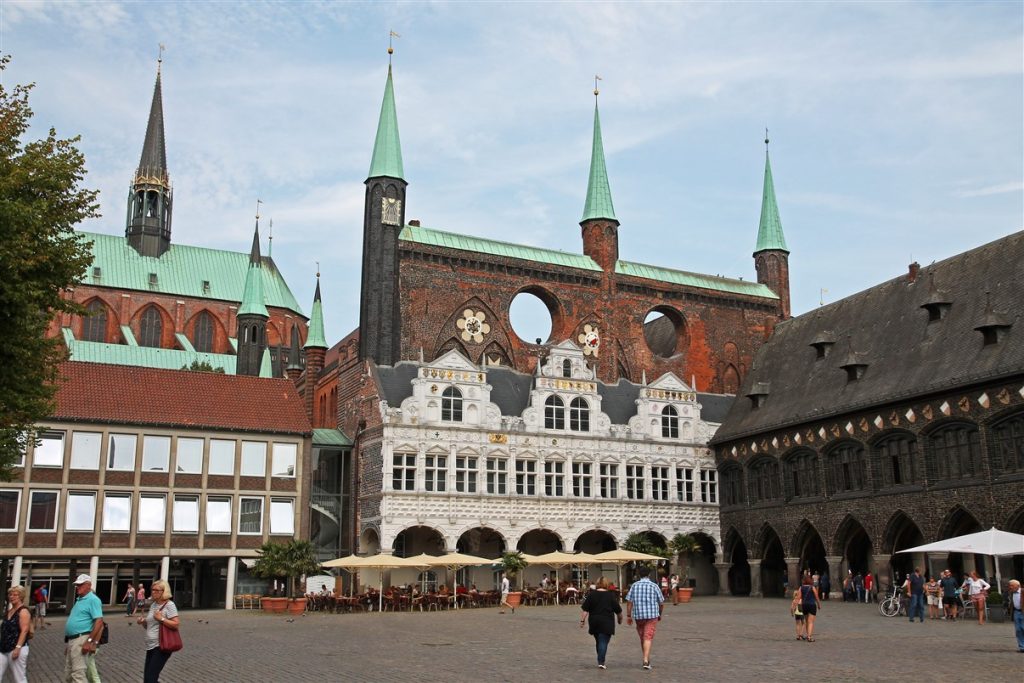
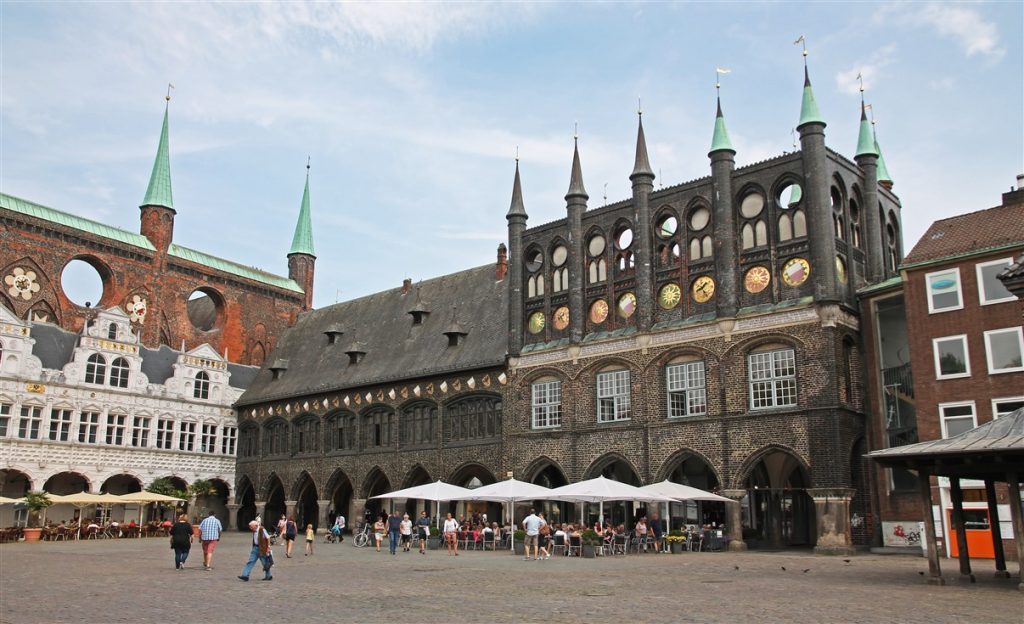
Pass through the arcades in the far corner and you’ll reach Breite Strasse, where you’ll find a magnificent and delicately sculptured, Renaissance style stone staircase. Stand in front of this staircase and turn around.
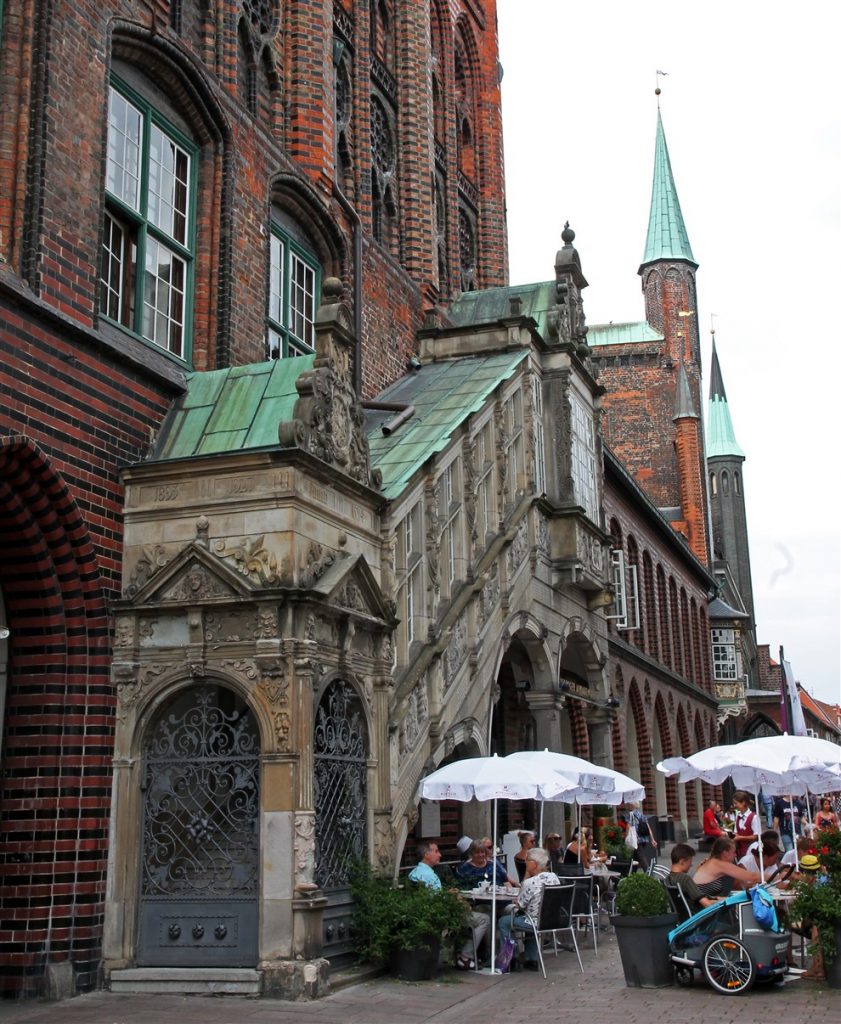
G. Café Niederegger.
On the other side of the road there is a picturesue little shop. Founded in the early 19th century, Café Niederegger has become an institution in Lübeck and is considered one of the best, most attractive cafés in Germany. The Niederegger company has a worldwide reputation for their excellent Marzipan, but the shop also sells cakes and other sweetness… It is the ideal souvenir or present, but why not take a seat and enjoy all this deliciousness yourself?
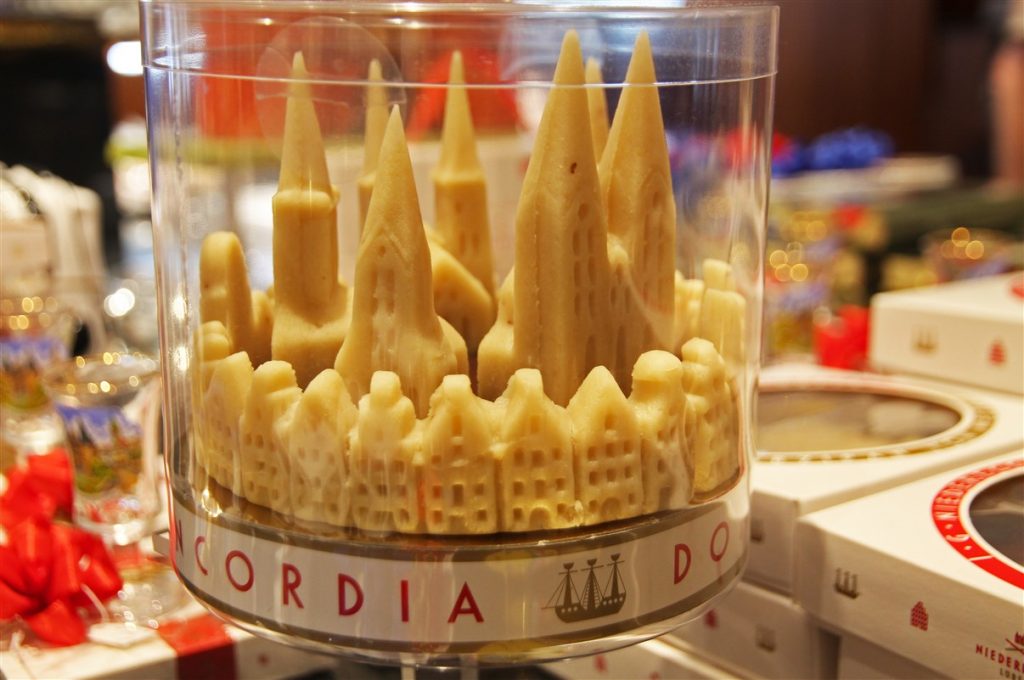
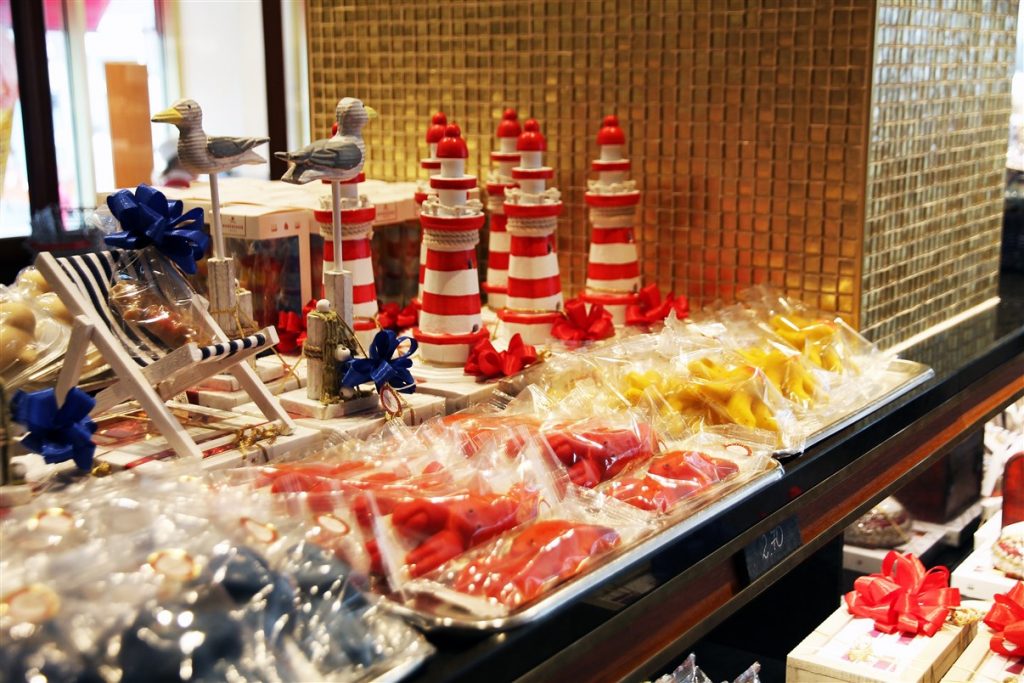
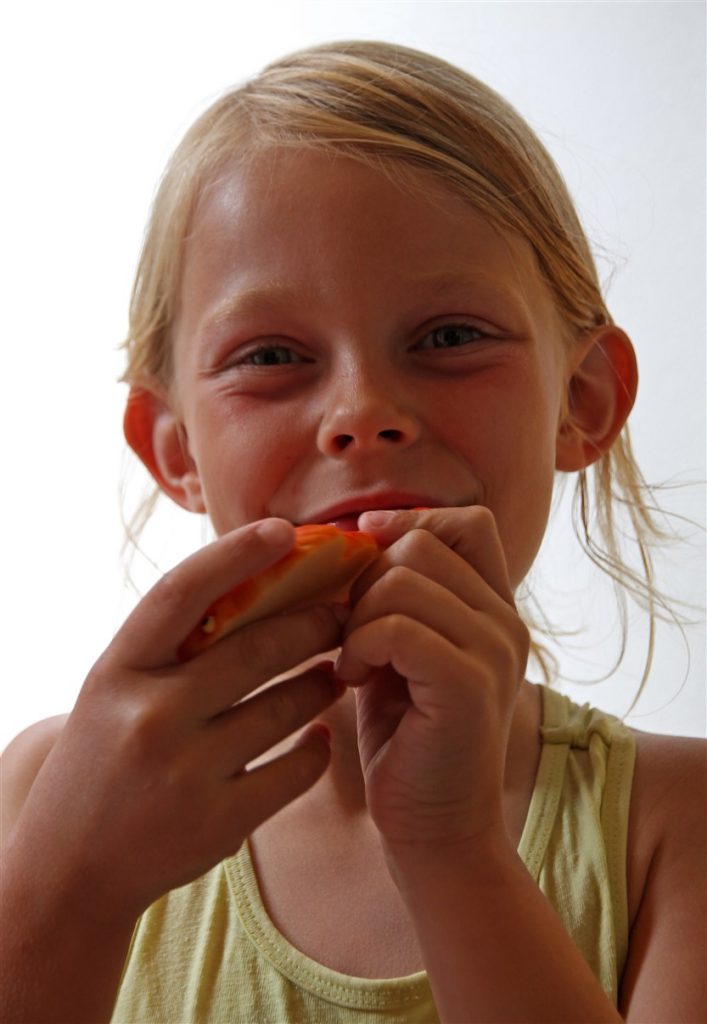
Follow Breite Strasse to the north.
H. Marienkirche.
With its twin green spires and its location on the highest point of the island (which forms the old town of Lübeck), 13th-14th century St.-Mary’s Church is another important landmark of the city. The third-largest church of Germany is exemplary for the North-German brick Gothic architectural style. It also has the tallest brick vault in the world. We do recommend you take a look inside, not only for that vault, but also for the unusual but very powerful display of shattered bells, which were left on the spot where they had fallen after a bombing raid in WWII.
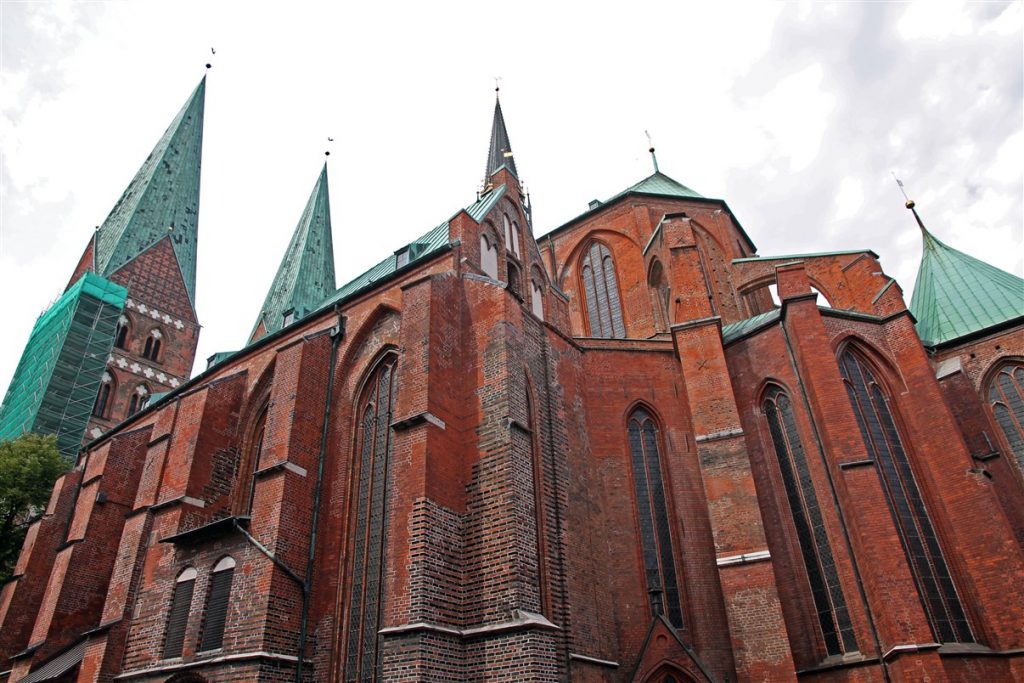
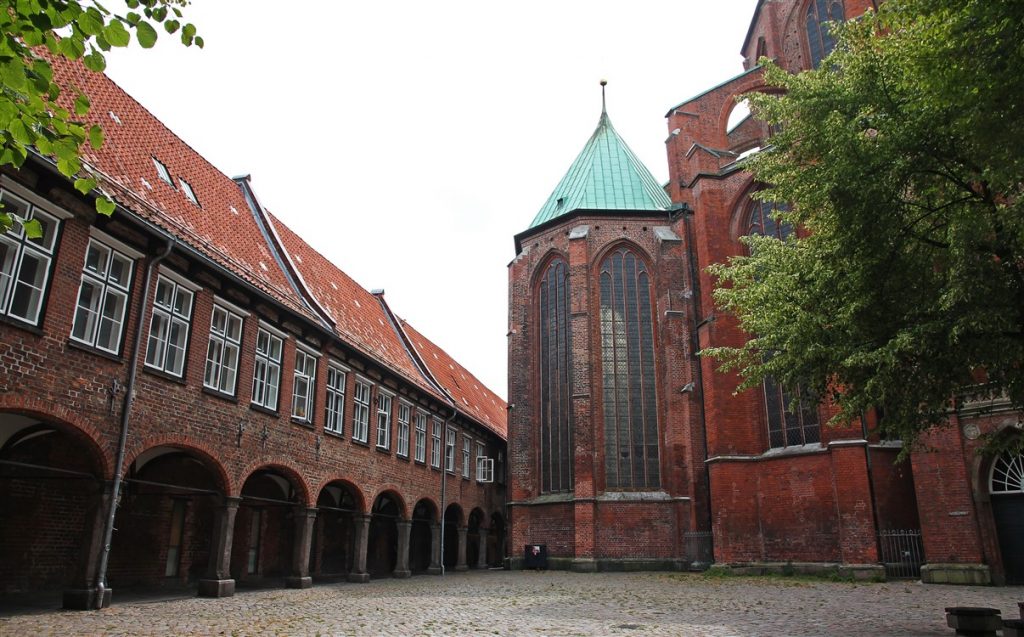
Have a stroll around the church and you’ll come across a very peculiar statue, depicting a smiling little devil. It is sitting on a slab of rock known as the Devil’s Stone. According to local legend, when the church was being built, the devil passed by to see what was happening. Afraid of his reaction, the workers told him they were building a tavern, so the devil gave them a hand. However, the moment he realised they were actually building a church, he got angry and threatened to destroy the construction with a large piece of stone. In order to prevent disaster, the workers promised the devil to built a tavern just next to the church, which pleased the devil. So he dropped the stone next to the church.
The Ratskeller zu Lübeck restaurant, adjacent to the church, is supposed to be the tavern that was promised to the devil. Follow Breite Strasse to the north, until you reach the St. Jacob’s Church (Jakobikirche) on your right.
I. Schiffergesellschaft.
Facing the Jakobikirche, on your left when you’ve followed Breite Strasse to the north, you’ll find an old red-brick renaissance building, crowned with a golden ship. This is the Schiffergesellschaft, a building acquired by the Seafarer’s Guild in the 16th century . It was used as a meeting place for seafarers and sailmakers. The Seafarer’s Guild’s purpose was to support seamen and there families. Nowadays, the building mainly supports the hungry, since it has become a restaurant, adorned with centuries worth of maritime memorabilia. According to Lonely Planet, this might be the cutest and best restaurant in town.
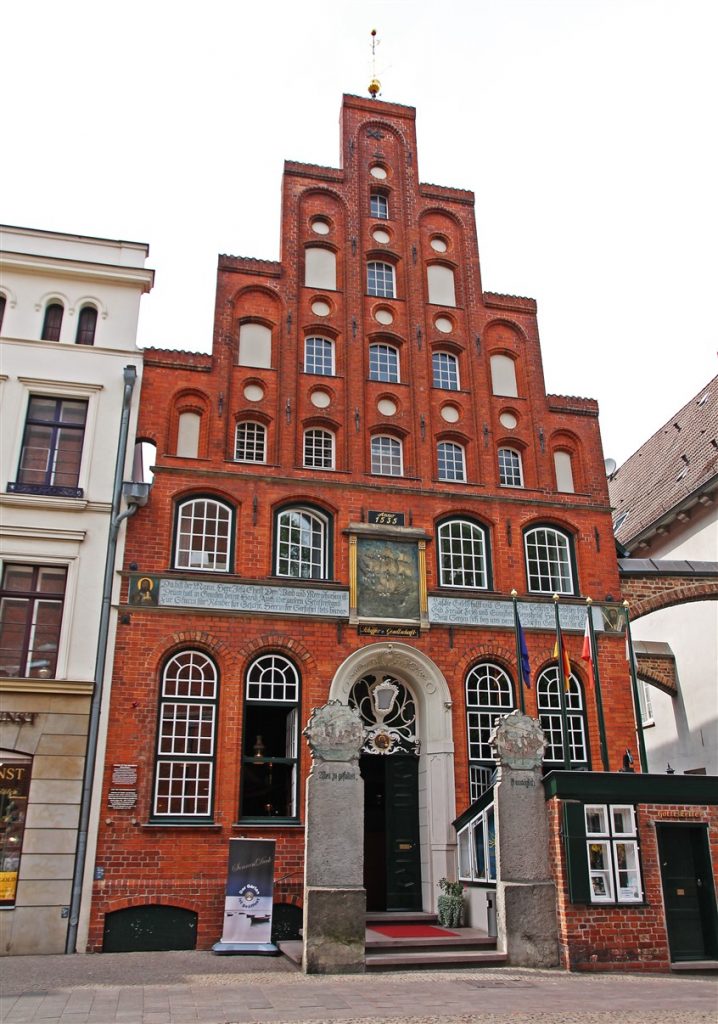
Turn right into Koberg.
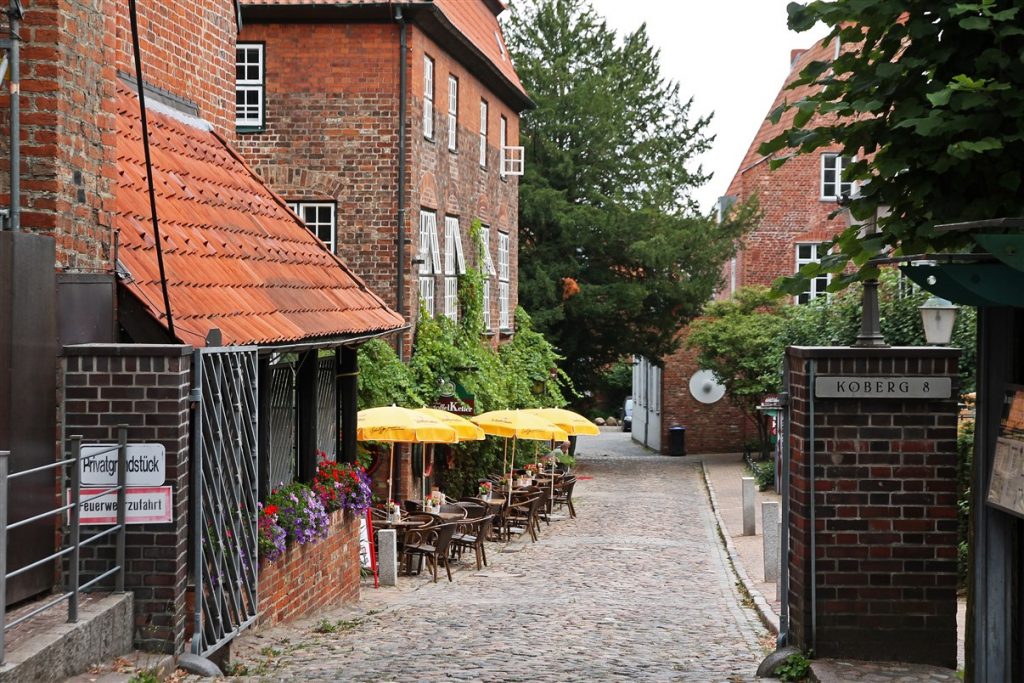
J. Heiligen-Geist-Hospital.
Dating back to 1227, this former hospital, Germany’s first ever and one of the oldest in Europe (!), is definitely a must-visit. Its early-Gothic entrance hall is delicately decorated with religious frescoes. Behind this porch, there are numerous tiny chambers that were used as a refuge for aged seafarers.
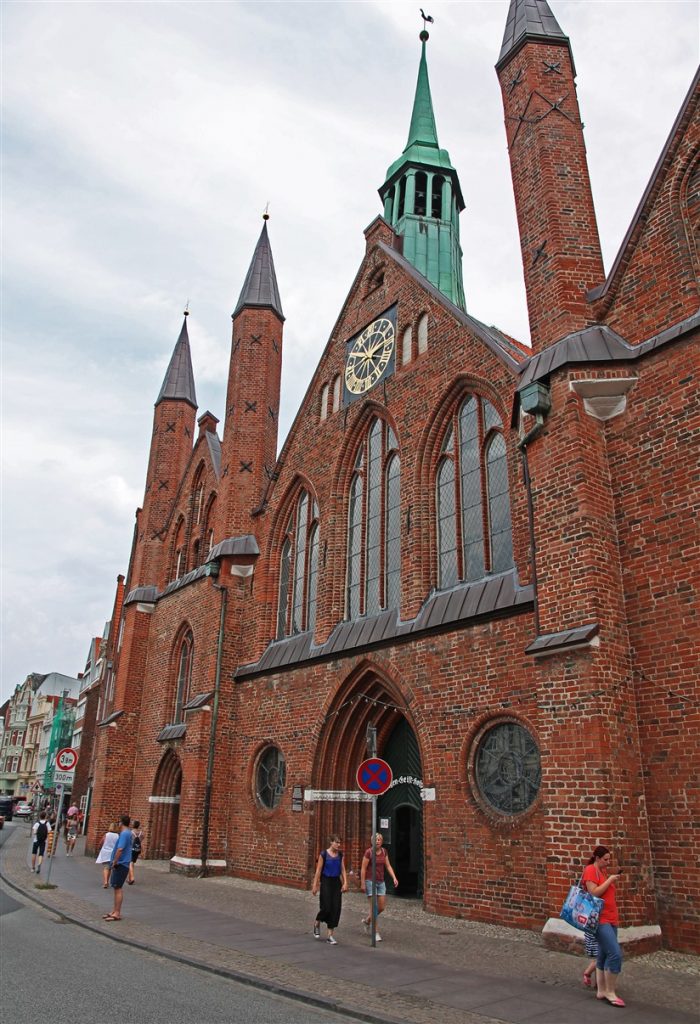
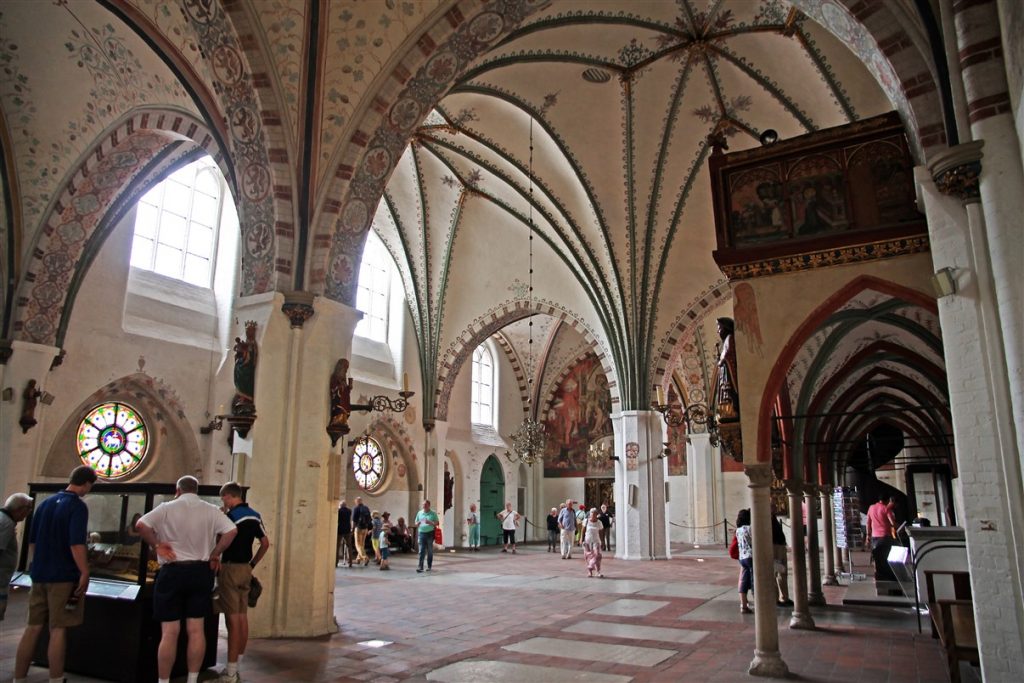
From here, you can head back through Koberg and Breite Strasse to the south until you reach the junction with Kohlmarkt. Turn right and follow Kohlmarkt until you see Holstentor appear in front of you.
This itinerary can be completed in only a few hours, all depending on your desire to enter any of the buildings mentioned for some more in-depth exploration (or have lunch for example). Since we popped into Lubeck only briefly on our way home, we kept it short but sweet.
If you are a real literature enthousiast, it might be interesting to realise that Lübeck has two houses tightly linked to the Nobel Prize for Literature: The Buddenbrookhaus near Marienkirche (former home of Lübeck-born Thomas Mann) and the Günter Grass-Haus (dedicated to Günter Grass, who has been living outside Lübeck for many years).
One last tip: when you are strolling through Lübeck, take a look around for the less obvious highlights, such as picturesque historic houses, colourful courtyards full of flowers and narrow cobblestone alleyways. These are the spots you won’t find in your travel guide and Lübeck has a lot of them. Enjoy!
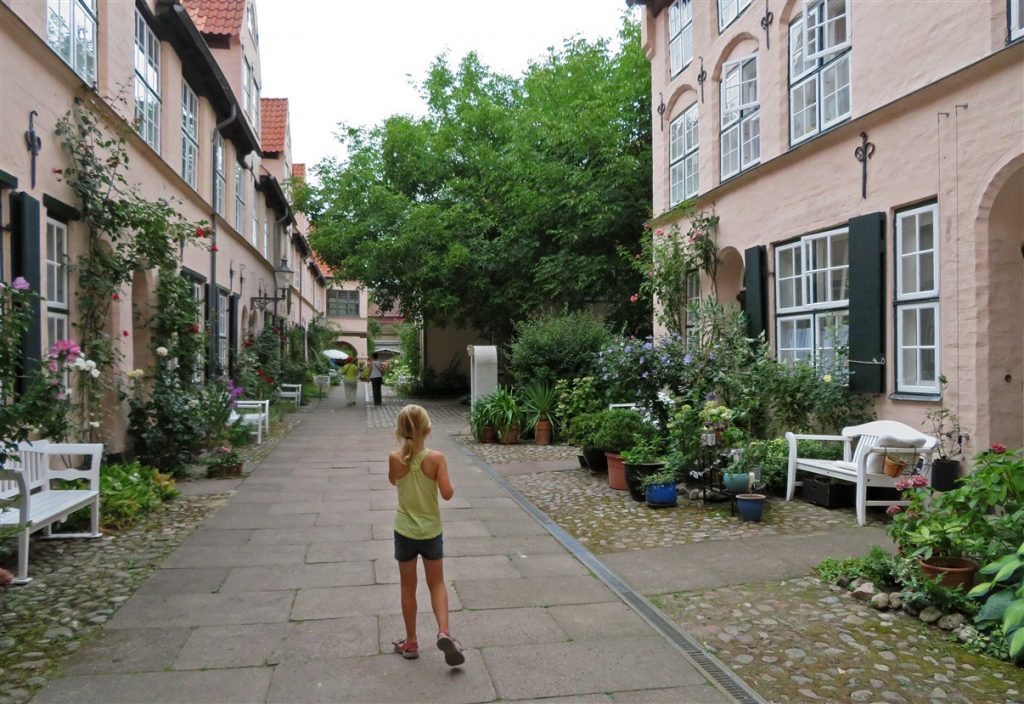
Hanseatic City of Lübeck (nr. 272)
Lübeck, the former capital and Queen City of the Hanseatic League, was founded in the 12th century and prospered until the 16th century as the major trading centre for northern Europe. It has remained a centre for maritime commerce to this day, particularly with the Nordic countries. Despite the damage it suffered during the Second World War, the basic structure of the old city, consisting mainly of 15th- and 16th-century patrician residences, public monuments (e.g. the famous Holstentor brick gate), churches and salt storehouses, remains unaltered.


